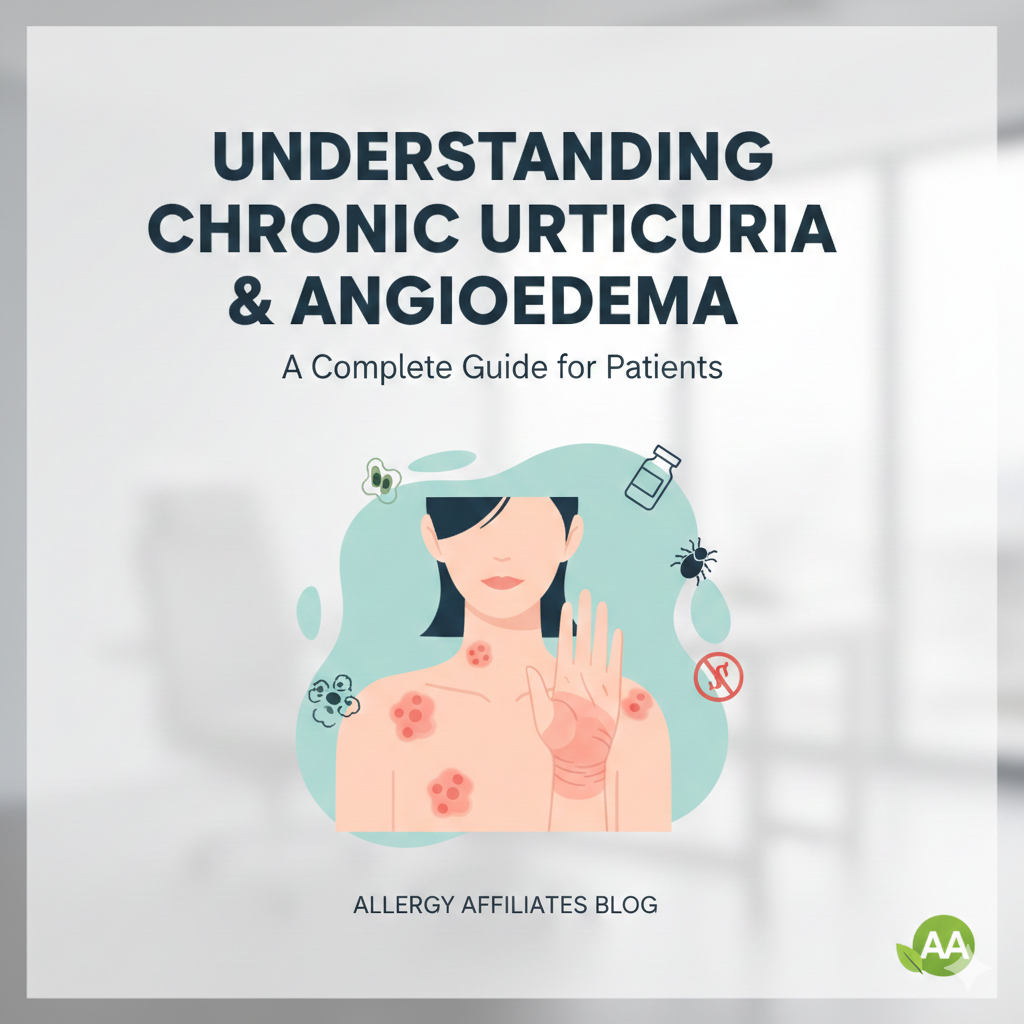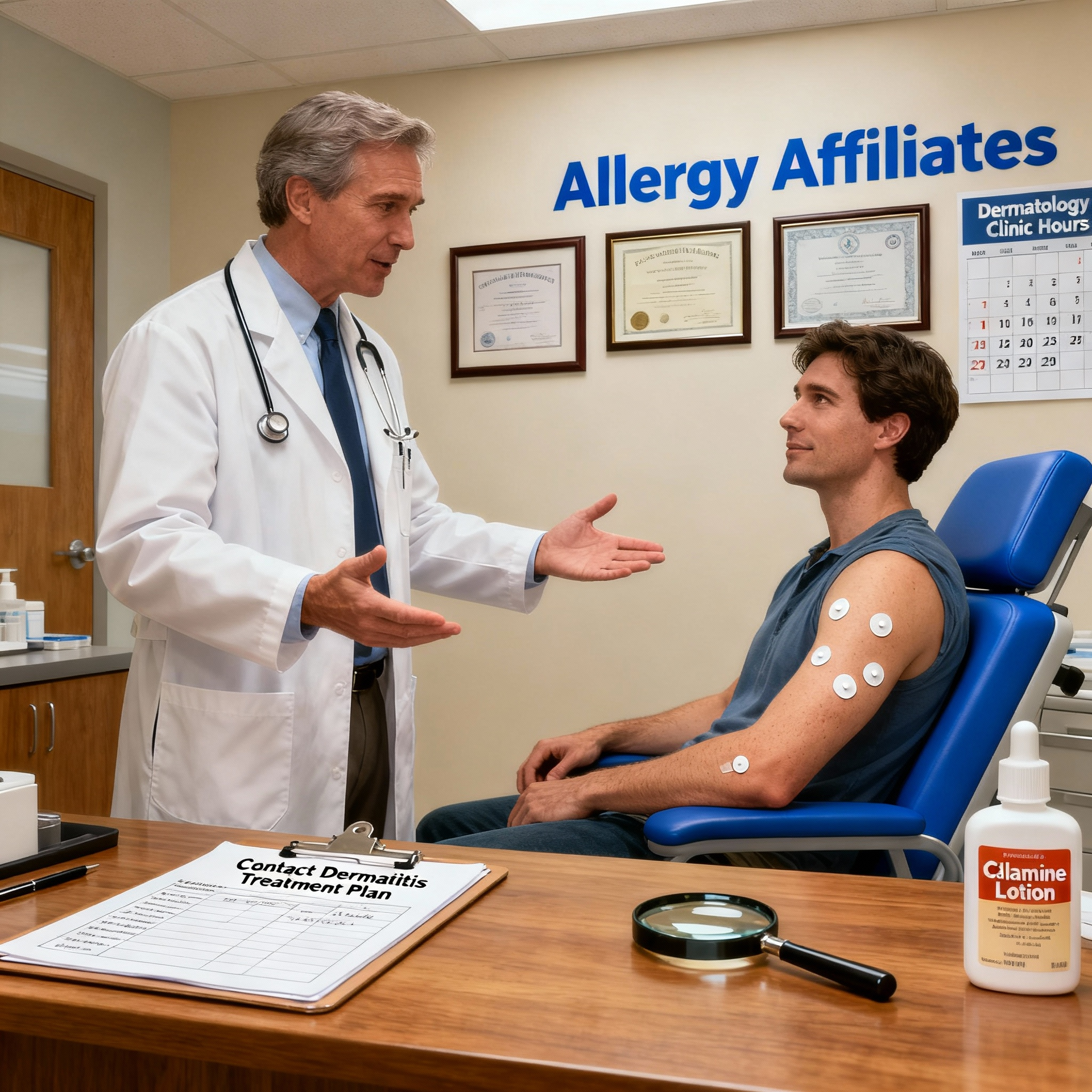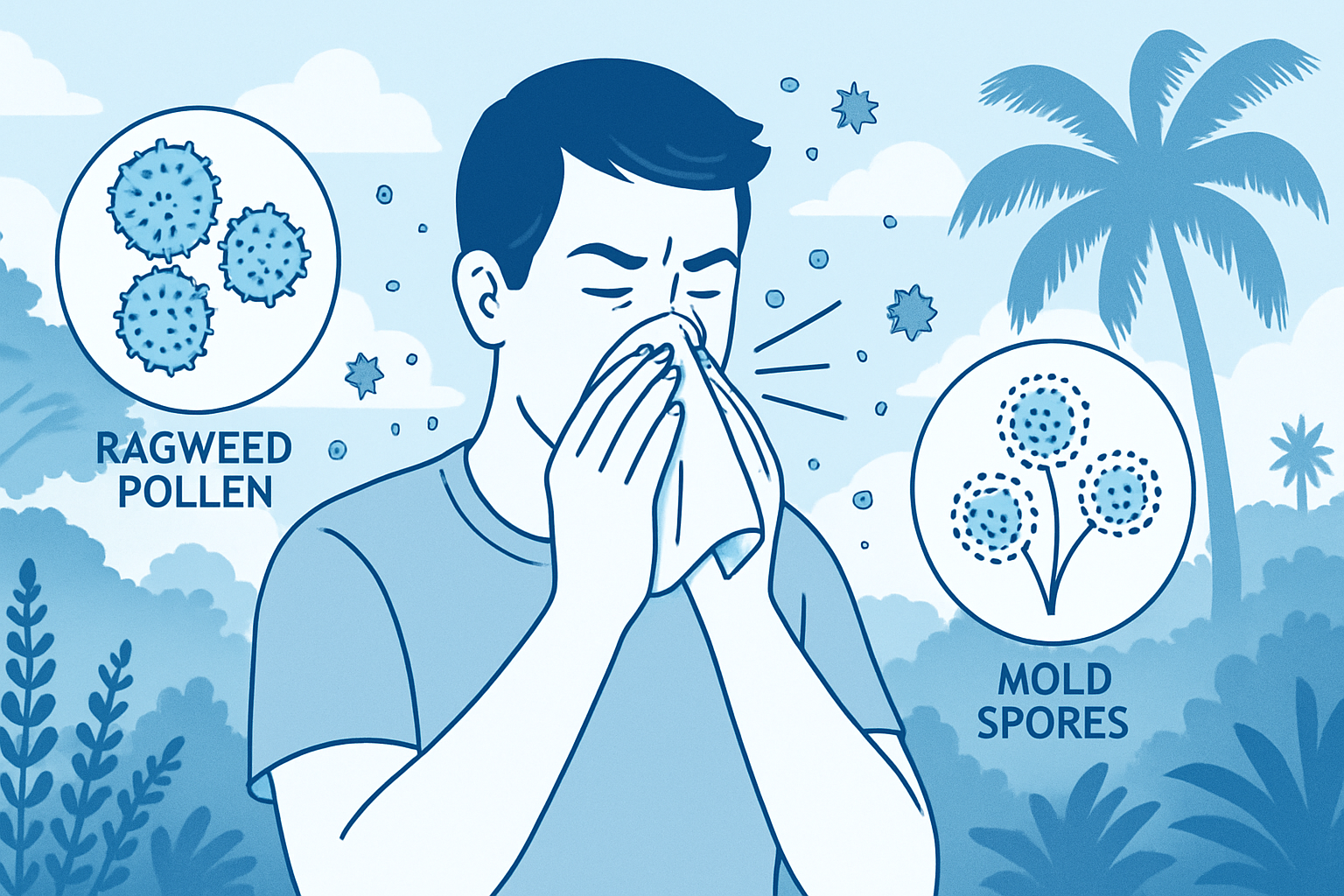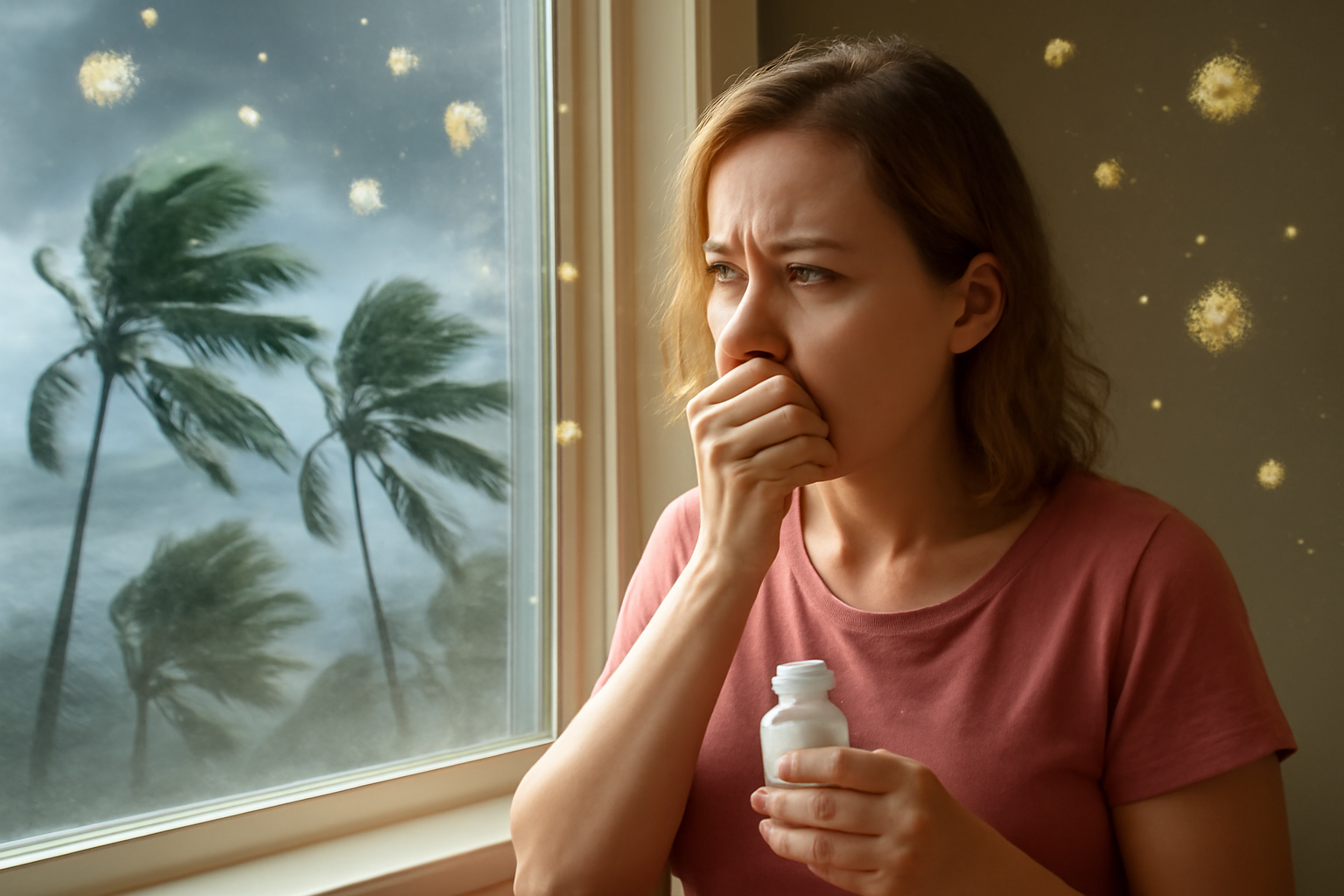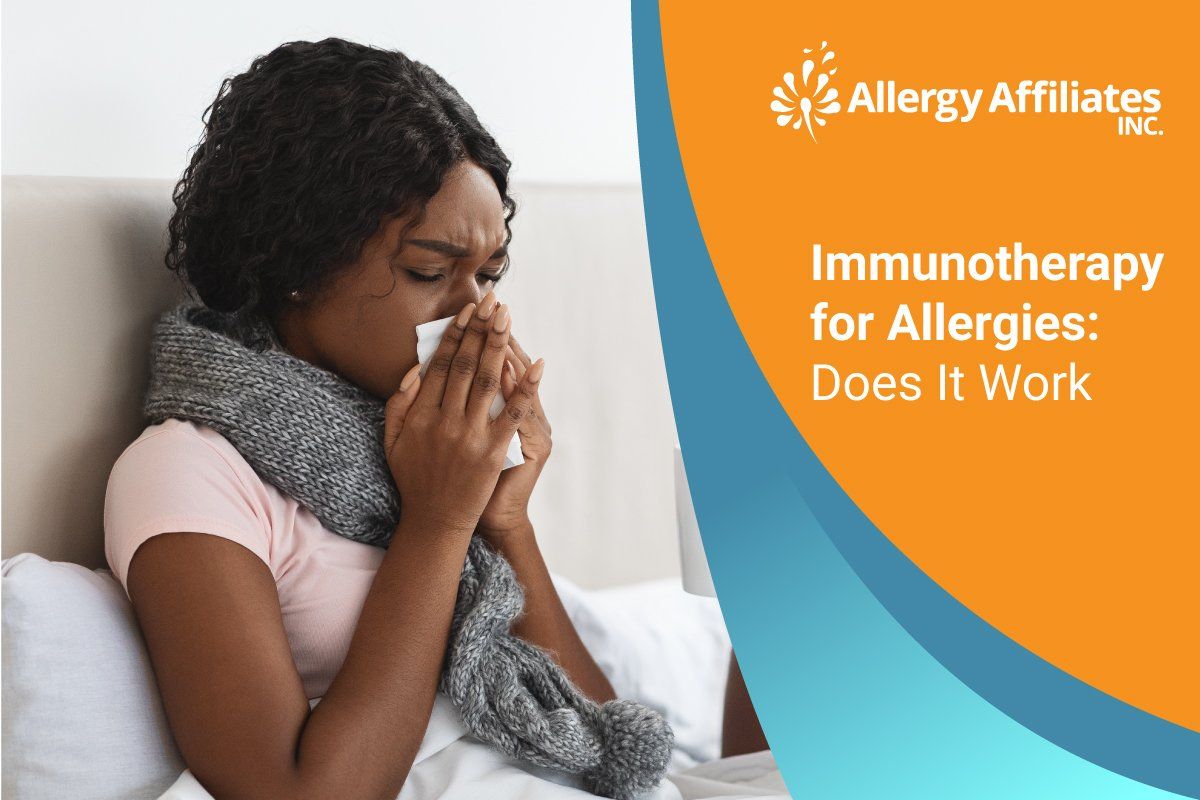
Immunotherapy increases your body's resilience to allergens, which trigger allergic reactions. If you have allergies, immunotherapy might be your best bet. However, it is not a cure. Unfortunately, despite modern medicine's advancements, there is still no cure for allergies.
But looking at the bright side, immunotherapy produces an effect that lets you "outgrow" allergies. With immunotherapy, allergy symptoms have little to no effect. Moreover, it is safe enough for children and adults alike.
This blog post will highlight immunotherapy and its benefits. We'll also discuss how it works in treating different types of allergic reactions. So, if you want to know more, please continue reading.
What is an Allergy?
An allergy occurs when your immune system tries to eliminate harmless proteins. It recognizes them as threats and goes into defense mode. This is the process where you experience an allergic reaction. There is no known cure for allergies today. But the good news is allergies are treatable and manageable. There are many ways to control allergies, and one of them is immunotherapy.
Understanding Immunotherapy for Allergies
Allergen immunotherapy is one of the most efficient allergy treatment methods. Allergy doctors gradually expose allergy patients to specific allergens in small amounts. The goal is to increase the patient's resilience against allergy symptoms.
How Immunotherapy Works
The treatment starts by introducing small amounts of an allergen to patients. It allows the immune system to adjust gradually. Once the patient reaches the desired tolerance level (case-to-case basis), the treatment goes to the maintenance phase. During this stage, the dosing of the allergens also increases but with longer intervals. At this point, patients should expect fewer allergy symptoms.
Which Allergies Does Immunotherapy Work Best?
Immunotherapy (allergy therapy) treats several types of allergies, such as environmental and food allergies.
Immunotherapy Against Environmental Allergens
Immunotherapy showed great potential in boosting your immune system against
- Seasonal allergies
- Perennial allergies
- Pet dander
- Molds and mildew
- Cockroach allergy
- Insect venom allergies
Perennial and seasonal allergies are more challenging to control than pet dander, insect venom, molds, and mildew. You have a higher risk of pollen exposure at any time of the year. Molds, mildew, cockroach, and insect venom can be easier to avoid. Therefore, boosting your resilience against these factors is ideal for your overall protection against allergies.
Immunotherapy Against Food Allergies
Food allergies can be prevented with the proper knowledge. However, accidental exposure or consumption is inevitable. For example, if you avoided eating peanuts but accidentally consumed food with peanuts as an ingredient, you would still have an allergic reaction. Unfortunately, peanuts are frequently used in main dishes or desserts. Consider immunotherapy to be on the safe side.
Note: You should never take allergies lightly. You can never tell if you will experience an anaphylaxis allergic reaction.
Anaphylaxis
Sadly, you can get an anaphylactic shock from environmental allergies. You may experience a severe allergic reaction from insect venom or eating allergic foods. That's why boosting your immune system through immunotherapy is highly recommended by allergists worldwide.
Anaphylaxis Symptoms
Here are the common symptoms of anaphylaxis
- Wheezing
- Palpitations
- collapsing or loss of consciousness
- breathing difficulties
- Lightheadedness or fainting spells
- Lethargy and anxiety
- Clammy skin
- Cold sweat
Dial 911 or go to the ER whenever you or someone you know exhibits the symptoms above. Remember, time plays a crucial role. Act fast.
The Pros of Immunotherapy
Here are the advantages of immunotherapy.
- Decreases your oral medication dependency
- Reduces long-term allergy treatment expenses
- Efficiently treats the root cause of your allergy
- Effective in treating multiple allergies simultaneously
- Guaranteed long-term relief from allergies
The Benefits of Immunotherapy
The most significant benefit of immunotherapy is when oral medication fails. Sometimes, oral anti-allergy medications are ineffective for some individuals. Prolonged consumption of oral drugs with little effect may harm your internal organs.
Another benefit of immunotherapy is decreased long-term costs. Immunotherapy costs more compared to oral drugs. However, you don't need to take them for the rest of your lives. You don't need it again after completing the entire session.
Finally, the most significant benefit is efficacy. Oral anti-allergy drugs can treat allergy symptoms. However, it does not eliminate the root cause. Immunotherapy targets the symptoms and the underlying causes of your allergy.
Types of Immunotherapy
Immunotherapy comes in many forms. Here are examples of allergy immunotherapy.
- Subcutaneous Immunotherapy (SCIT)
This type of allergy shot is administered via IV. It is also known as allergy shots/allergy injections. Shots for allergies are one of the most common methods used by allergists.
2. Oral Immunotherapy (OIT)
As the name suggests, this time of immunotherapy is administered orally.
3. Rush Immunotherapy
Rush immunotherapy speeds up the entire process with your doctor's supervision. Instead of the usual interval, allergens are introduced to your body at a faster rate.
4. Sublingual Immunotherapy (SLIT)
This type of immunotherapy is similar to OIT. The difference is that the tablets are not swallowed. Instead, it is held under the tongue to dissolve.
5. Epicutaneous Immunotherapy (EPIT)
This type of immunotherapy uses an adhesive patch to expose tolerance-promoting cells in the skin. It contains a small amount of food protein. The goal is to reduce the symptoms of food allergies.
Is It Safe?
Yes. Allergen immunotherapy is safe and effective. Research says that allergy shot side effects are pretty low. Therefore it is ideal for treating allergies in children and adults. Consider immunotherapy if you want to manage your allergies by naturally boosting your immune system.
Stay on Top of Allergies, Consider Immunotherapy
Nothing beats fighting allergies the natural way. It reduces the risks of organ damage due to medication, and it decreases long-term costs.
If you want to stay on top of your allergies, consider immunotherapy allergy shots today.
Experience safe and effective immunotherapy with us. Bradenton and Sarasota Allergist Dr. Sabharwal offers conventional and innovative treatments for allergies based on years of experience, including shots for allergies.
